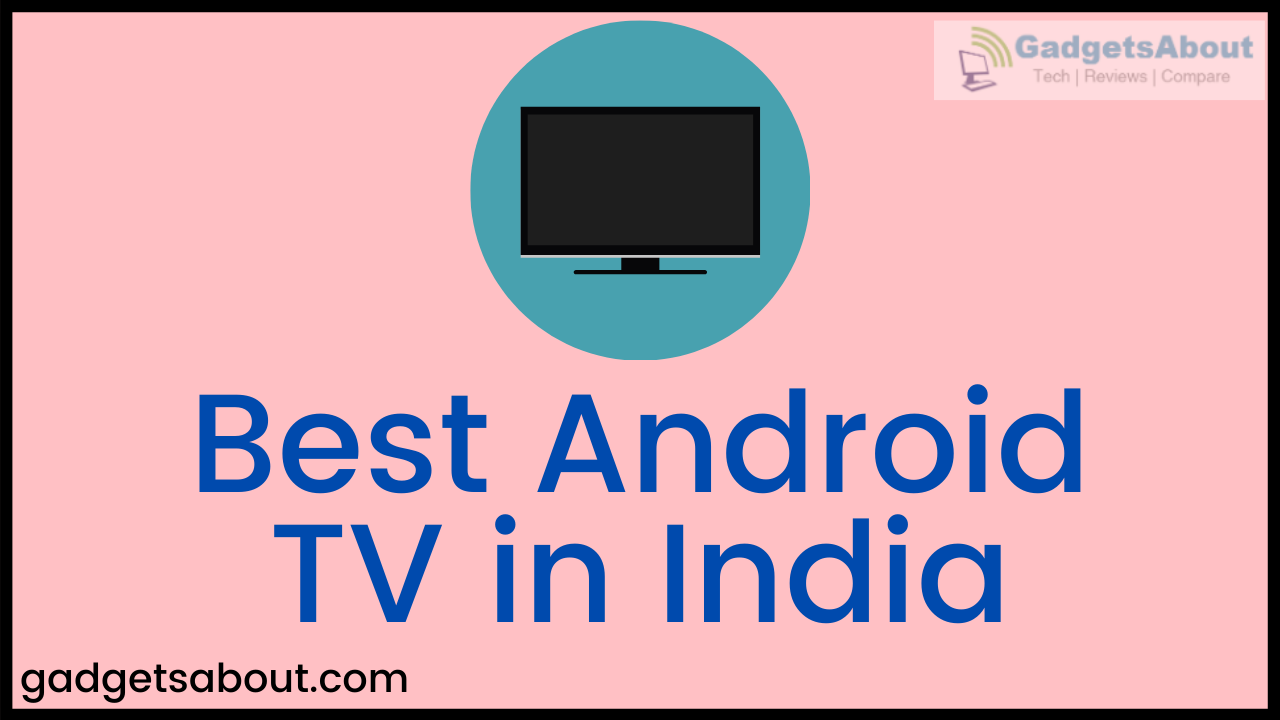Top 5 mobile phones to buy under Rs.10000 in India in February 2020
Most of the people are confused about mobile phones should they buy under a price like 10000. After analyzing all mobile phones, here are the Top 5 Mobile phones to buy in India in February 2020 which helps you to select the best phone
Below are the Best mobile phones to buy in India under 10000 rs
1- Xiaomi Redmi Y3 :
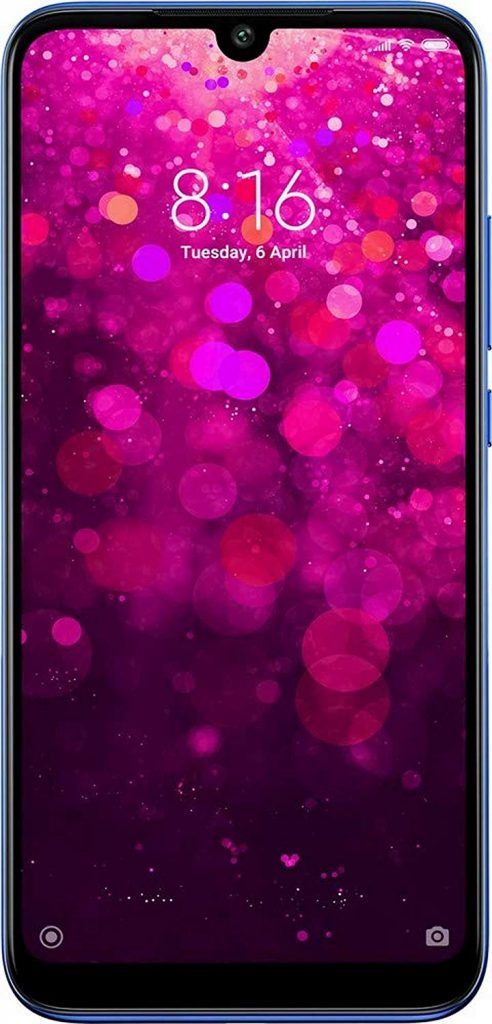
Xiaomi Redmi Y3 smartphone is launched in April 2019 with Dual-SIM (GSM and GSM) which accepts Nano-SIM in both slots. The Xiaomi Redmi Y3 comes with a 6.26-inch touchscreen display and its resolution is 720 pixels by 1520 pixels (720/1520 pixels) at a PPI of 269 pixels per inch. It is powered by a 1.8GHz octa-core processor.
This mobile phone comes with 3GB RAM and 32GB internal storage which can be expanded up to 1TB via microSD card. The Xiaomi Redmi Y3 has a good camera quality with 12-megapixel (f/2.2, 1.25-micron) and 2-megapixel (depth sensor) cameras on the rear side and a 32-megapixel front camera for selfies.
This phone has a powered battery backup with a 4000 mAH. It has dimensions of 158.7 height, 75.60 widths, and 8.5 thickness and weighs 180 grams.
Connectivity options are Wi-Fi, GPS, Bluetooth, Micro-USB, 3G, and 4G. It also has sensors like Fingerprint (rear-mounted), accelerometer, gyro, proximity, compass.
PRO’S:
- Excellent battery life.
- Unique and stylish design.
CON’S:
- Average camera.
- Dim reflective display.
2. Vivo U10 :
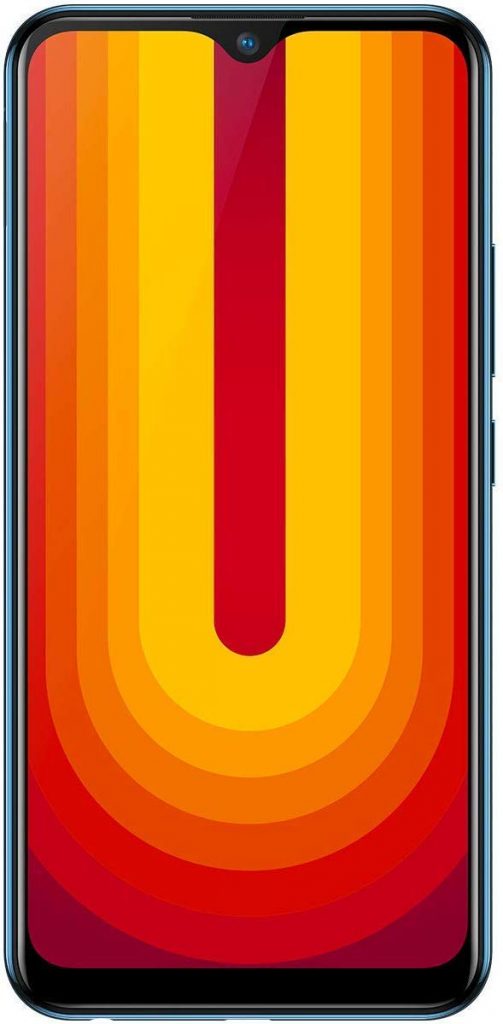
Vivo U10 smartphone was launched in September 2019 with Dual SIM (GSM and GSM) which accepts Nano-SIM in both the slots. It comes with a 6.35-inch IPS LCD capacitive touchscreen, 16M colours display with a resolution of 720/1544 pixels at a PPI of 268 pixels per inch. Vivo U10 dimensions are 159.4 height, 76.8 widths, and 8.9 thickness and it weighs 146 grams. This phone is powered with a 2GHz octa-core processor.
Vivo U10 comes with 3GB RAM and 32GB internal storage which can be expanded up to 256GB via microSD card. It comes with a triple camera of 13-megapixel (f/2.2, wide), 8-megapixel (f/2.2, ultra-wide) and 2-megapixel (f/2.4, depth sensor) on the rear and an 8-megapixel front camera for selfies.
Vivo U10 will have a powered battery backup of 5000mAh non-removable battery and runs on the Android pie 9 software. It comes with connectivity options like Wi-Fi, GPS, Bluetooth, USB OTG, MicroSD, FM, 4G on both SIM cards( with support for band 40 used by some LTE networks in India). It has sensors like Fingerprint sensor, Compass, Proximity sensor, Accelerometer.
PRO’s
- Good battery life.
- Dedicated microSD card slot.
CON’S
- Bloated UI, Spammy notifications.
- Average camera quality.
3. SAMSUNG GALAXY M10s :
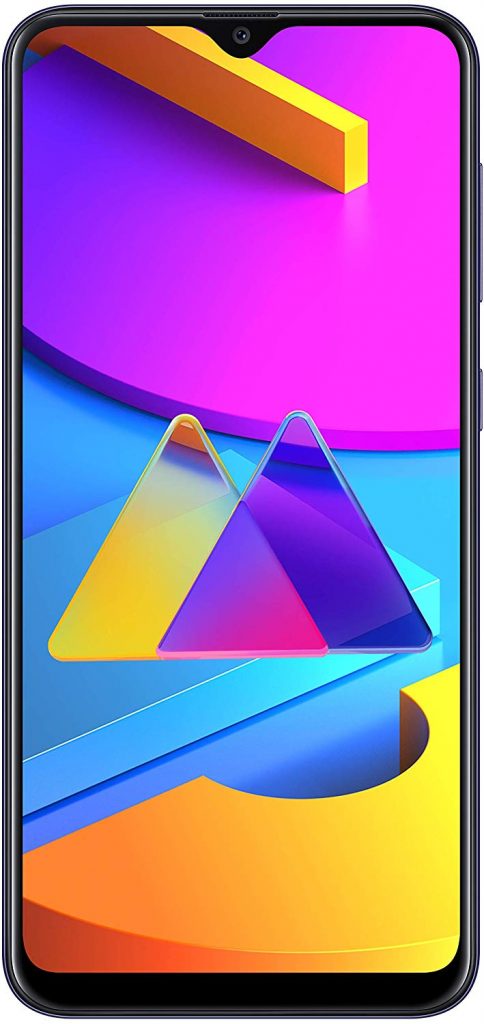
Samsung M10s is launched in September 2019 with Dual SIM (GSM and GSM) which accepts Nano-SIM in both the slots. This phone comes with a 6.4 inch Super AMOLED touchscreen display and Corning Gorilla Glass with 720/1560 pixels resolution at a PPI of 268 pixels per inch. Samsung M10s comes with a dimension of 158.4 height, 74.7 widths, 7.8 thickness and weighs 169 grams.
This phone is powered with 1.6GHz octa-core processor and it comes with 3GB RAM and 32GB internal memory which can expand up to 1TB via microSD card. It comes with a dual-camera setup of 13-megapixel (f/1.9, wide) and 5-megapixel (f/2.2, ultra-wide) cameras on the rear and 8-megapixel front camera for selfies.
Samsung Galaxy M10s comes with a powered battery backup of 4000 mAh non-removable battery. It will have connectivity options like Wi-Fi, Bluetooth, FM, 3G, and 4G( with support for Band 40 used by some LTE networks in India) and will have sensors like accelerometer, gyro, proximity, compass.
PRO’S
- High display quality.
- Good performance.
- Camera quality.
CON’S
- Low battery backup.
- The fingerprint sensor is slow.
4. REDMI NOTE 8 :
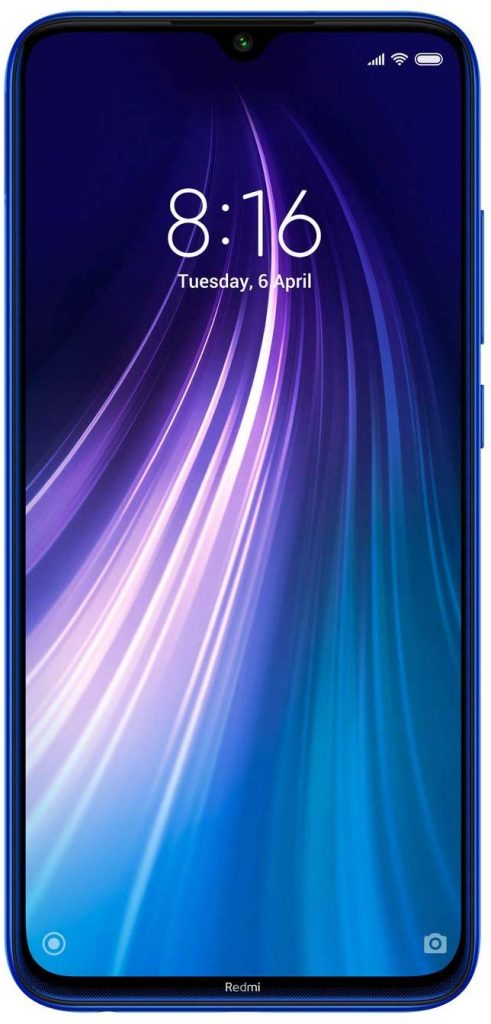
Redmi Note 8 was launched in June 2018, with Dual SIM (GSM and GSM) which allows Nano-SIM in both the slots. The Redmi Note 8 comes with a 6.3 inches touchscreen display with 1080/2340 pixels at a PPI of 490 per inch resolution. This phone has a dimension of 158.3 height, 75.3 widths, 8.4 thickness and weighs 190 grams.
The Redmi Note 8 is powered with a 2 GHz octa-core processor and it comes with 3GB RAM and 32GB internal memory which can be expanded up to 256GB via microSD card. It has a Quad-camera on the rear, in which 48-megapixel (f/1.8, wide), 8-megapixel (f/2.2, ultra-wide), 2-megapixel (f/2.4, macro camera) and 2-megapixel (f/2.4, depth sensor) and 13-megapixel front camera for selfies.
Redmi Note 8 comes with a powered battery backup of 4000 mAh. It comes with connectivity options like Wi-Fi, GPS, Bluetooth, Micro-USB, FM, 3G, and 4G(with support for Band 40 used by some LTE network in India). Sensors on the phone are Fingerprint sensor, Compass, Proximity sensor, Accelerometer, Gyro.
PRO’S
- Sleek design.
- Compact and well built.
- Vivid display.
CON’S
- Low battery backup.
- Average camera.
5. Samsung Galaxy M30 :
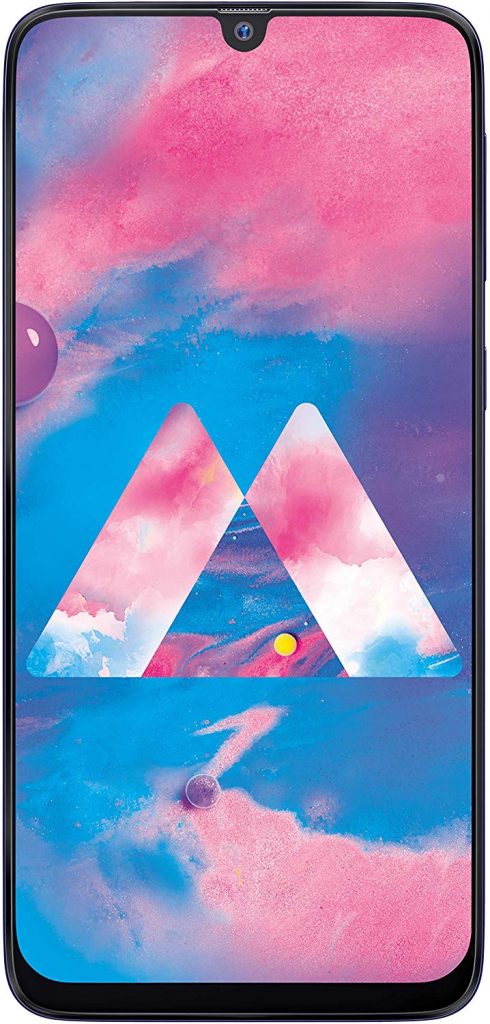
Samsung Galaxy M30 was launched in February 2019 with Dual SIM (GSM and GSM) which accepts Nano-SIM in both the slots. It comes with a 6.4 inches Super AMOLED capacitive touchscreen display with 1080/2340 pixels resolution. It comes with a dimension of 159 height, 75.1 widths, 8.5 thickness and weighs 174 grams.
It is powered with 1.8 GHz octa-core processor and will have a 3GB RAM and 32GB internal memory which can be expanded up to 1TB via microSD card. It comes with a triple camera setup in which 13-megapixel (f/1.9, PDAF), 5-megapixel (f/2.2, ultra-wide), 5-megapixel (f/2.2, depth sensor) on the rear and 16-megapixel front camera for selfies.
Samsung Galaxy M30 will have a super-powered battery backup of 5000 mAh non-removable battery. It comes with connectivity options like Wi-Fi, GPS, Bluetooth, Micro-USB, FM, 3G, and 4G(with support for Band 40 used by some LTE network in India). It has sensors like a Fingerprint sensor, Proximity sensor, Accelerometer, Gyro, and Compass.
PRO’S
- Long battery life
- Sleek design
- Good camera quality
CON’S
- Low-res display
- Middling performance






